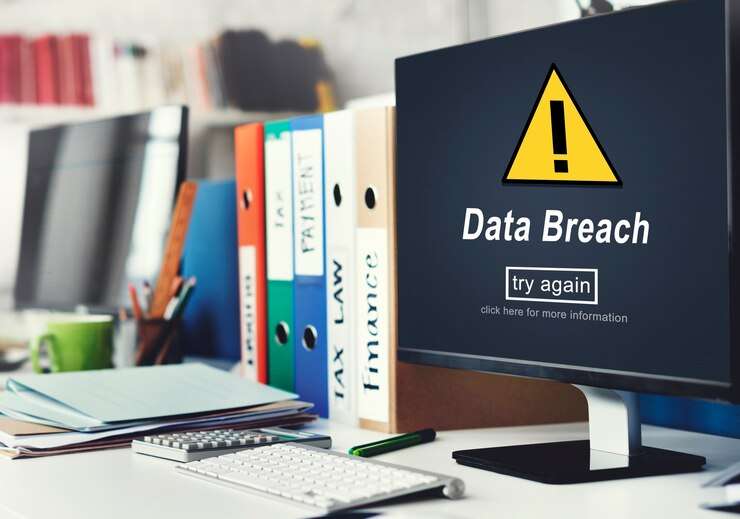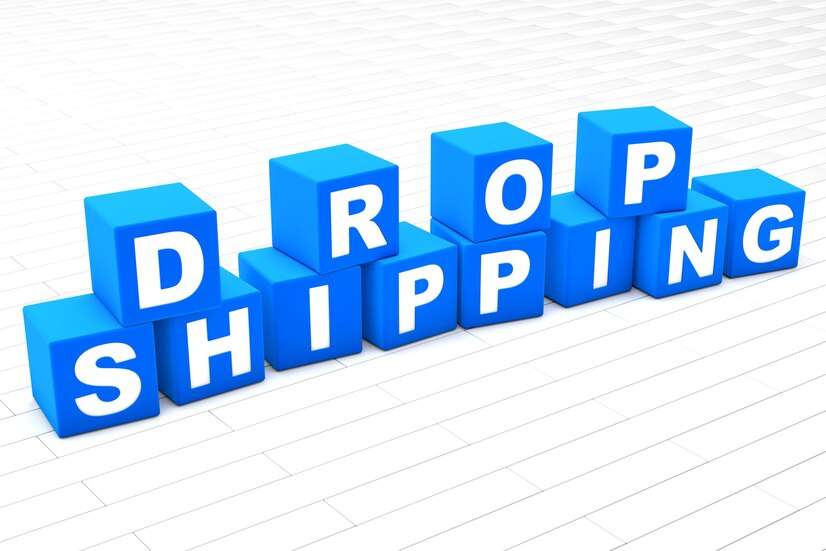In today’s digital age, social media has become an integral part of our daily lives. We use platforms like Facebook, Instagram, and Twitter to connect with friends and family, share updates about our lives, and even conduct business. However, what happens when we accidentally lose important data on social media? Whether it’s a deleted post, a missing photo, or a lost message, the thought of losing valuable information can be distressing. But fear not, as there are ways to recover lost data from social media platforms. In this blog post, we will explore various methods to help you retrieve your missing information and prevent future data loss on social media.
Understanding the Causes of Data Loss on Social Media
The reasons behind data loss on social media are as varied as they are frustrating. At the core, accidental deletions stand out as a common culprit. A simple misclick or misunderstanding of a platform’s interface can result in the loss of cherished memories or important messages. Software glitches, another prevalent issue, can unpredictably cause data to disappear without a trace. These glitches often stem from updates or bugs within the platform itself, making them difficult for the average user to anticipate or address.
Hacking presents a more sinister avenue of data loss. Malicious actors can gain unauthorized access to accounts, leading to intentional deletion or alteration of data. The motivations behind such attacks can range from personal vendettas to attempts at financial gain through the exploitation of private information.
Platform updates, while generally intended to improve user experience, can inadvertently lead to data loss. Changes in the platform’s structure or functionality can result in certain data becoming inaccessible or being deleted. Users may find themselves unprepared for these updates, especially if they significantly alter the way data is stored or displayed.
Understanding these causes is more than just an academic exercise; it forms the basis for effectively responding to and mitigating the impacts of data loss on social media. Recognizing the specific cause in your situation can guide the steps you take towards recovery and help in preventing future incidents.
The Initial Steps to Take Immediately After Data Loss
Upon realizing your data might be missing on a social media platform, the key is not to panic. Start by verifying whether the data has genuinely disappeared or if it has merely been misplaced within the platform’s interface. Technical glitches or temporary platform issues can sometimes make data appear lost when it is actually still there. Conduct a thorough check of your account, including any archive or trash folders that might temporarily hold deleted items.
Next, attempt to recall the last instance when the missing data was accessible. Pinpointing this timeframe can significantly narrow down the cause and potential solutions for the data loss. It’s also wise to check for any notifications or emails from the social media service that might explain unexpected data changes or request verification actions from you.
Should these initial efforts not yield results, scrutinize your account for signs of unauthorized access. Changes you don’t remember making or unfamiliar activity on your account could indicate a security breach. If this is the case, immediately change your password and review your account’s security settings.
Additionally, consider reaching out to friends or colleagues who might have interacted with the missing data. They may have copies of lost messages, photos, or posts, providing you with an alternative means of data recovery.
Lastly, document everything you remember about the lost data and any steps you’ve taken thus far. This record will be invaluable if you need to escalate the issue to customer support or utilize third-party recovery tools.
How to Use Built-in Social Media Features for Data Recovery
Navigating the recovery of lost data through the functionalities provided directly by social media platforms can be an effective first line of defense against permanent data loss. Platforms are increasingly aware of the importance of data integrity for their users and often include features aimed at facilitating data recovery. For instance, Facebook’s “Download Your Information” tool allows users to download everything they’ve ever posted, including photos, videos, status updates, and messages, potentially recovering data thought to be lost. Similarly, Twitter provides an option to download an archive of your activity, including tweets and messages.
Instagram users have the benefit of a “Recently Deleted” section, a safety net for photos, stories, videos, and reels, holding deleted items for a specified period before permanent deletion. This gives users a grace period to restore content that may have been accidentally removed. LinkedIn, while primarily professional in its use, also offers options to export data, including connections, messages, and recommendations, ensuring users have a backup of valuable professional interactions and endorsements.
Delving into the settings or account options of these platforms can reveal these and other recovery features. It’s essential to familiarize oneself with these tools before data loss occurs, as knowing exactly where to go and what to do can save crucial time and reduce the stress associated with such situations. Each platform has its unique approach to data management and recovery, so taking the time to explore these options can be incredibly beneficial for swiftly addressing data loss incidents.
Contacting Customer Support for Data Recovery Assistance
When the self-help methods and built-in features don’t bring back your lost social media content, the next viable step is to engage the customer support of the respective platform. Social media companies are equipped with specialized teams dedicated to resolving various user concerns, including the recovery of lost data. When preparing to contact customer support, ensure you have all necessary details at hand.
This includes a clear description of the missing data, the approximate date and time it went missing, and any relevant actions you took that might have led to the loss. Such detailed information can significantly streamline the recovery process by allowing support personnel to quickly understand and address your issue.
It’s also beneficial to be aware of the platform’s support protocol. Some platforms may offer direct email or chat support, while others might utilize a ticketing system where your query is logged and addressed in turn. Knowing the preferred method of communication can save time and get you the help you need more efficiently.
Remember, while customer support teams are incredibly resourceful, response times can vary based on the volume of inquiries they are handling. Patience is key during this process. Additionally, while they strive to assist with most issues, recovery of certain data types may be beyond their capabilities, depending on the specific circumstances of the loss. Nonetheless, contacting customer support remains a crucial step in attempting to retrieve your lost social media data.
Third-Party Tools and Services for Social Media Data Recovery
Exploring third-party solutions can be an effective strategy when built-in social media recovery options fall short. A myriad of software programs and specialized online services exist aimed at salvaging lost content from platforms such as Facebook, Instagram, and Twitter. These external tools dive deeper into data recovery, offering to unearth posts, messages, and media that seem beyond reach through conventional means.
Before engaging with any third-party service, conducting thorough research is critical to ensuring both compatibility with your social media platform and trustworthiness of the tool. Look for reviews, testimonials, and any security certifications that affirm the service’s credibility and reliability. It’s important to be wary of tools that promise impossible results or lack clear information about their processes and privacy policies.
Selecting a reputable third-party tool often involves checking for a track record of successful recoveries and user satisfaction. These tools typically work by accessing the cache or residual data left on social media servers, which may not be directly accessible to users but can still contain traces of lost content. However, it’s paramount to approach this option with caution, as it involves allowing third-party applications some level of access to your personal social media data. Always ensure that the permissions you grant do not compromise your privacy or security.
Preventing Future Data Loss on Social Media
To ensure your social media content remains secure, adopting proactive strategies is crucial. Initiating regular backups of critical content, such as cherished photographs or essential videos, is a foundational step. opts for cloud services or external drives for these backups, offering both accessibility and safety. Incorporating two-factor authentication (2FA) across all your social media platforms significantly elevates your accounts’ security, acting as a formidable barrier against unauthorized access.
Additionally, cultivating a sense of vigilance against phishing attempts and dubious links can protect your accounts from being compromised. This approach not only deters potential security breaches but also instills a habit of cautious online interaction, thereby minimizing the risk of inadvertent data loss. Embracing these preventative measures can dramatically reduce the likelihood of encountering data loss, allowing you to engage with social media with confidence and peace of mind.


